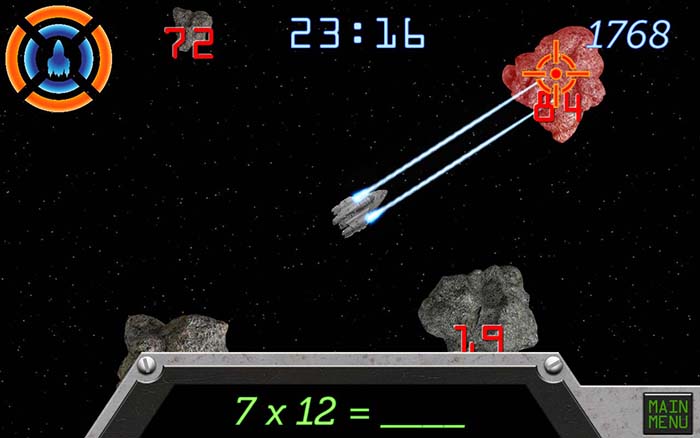Course develops new games, seeks to redefine 'purpose-driven gaming'

LAWRENCE — Serious gaming may sound like an oxymoron, but that is what the idea of playing games to teach, support or encourage people is known as in research literature. A new class at the University of Kansas is working to blend techniques that immerse people in traditional games with those considered of a more serious nature. And while students and professors are developing new games, they also hope to introduce the idea of “purpose-driven gaming” to the field.
 The course Level Up and Game On! Gamification in the Professions is in its first semester at KU. It has nearly 100 students from across majors developing new games and learning about gaming theory. Taught by Genelle Belmas, associate professor of journalism, it is one of the few of its kind in that it is examining gaming theory, developing games and spawning research.
The course Level Up and Game On! Gamification in the Professions is in its first semester at KU. It has nearly 100 students from across majors developing new games and learning about gaming theory. Taught by Genelle Belmas, associate professor of journalism, it is one of the few of its kind in that it is examining gaming theory, developing games and spawning research.
The idea of gamification is approaching ubiquity. In addition to the traditional video and board games that kids have played for decades, there are also elements of gaming in classrooms, across the internet, on smartphone apps and in all manners of public campaigns from marketing to fundraising and health initiatives. The class is combining the traditional ideas of games with those that fall into the latter category.
Belmas said she dislikes the term “serious gaming” and prefers “purpose-driven gaming.” The latter is based on Yu-Kai Chou’s theory of octalysis in gaming, or that there are eight motives that drive people to play games: meaning, empowerment, social influence, unpredictability, avoidance, scarcity, ownership and accomplishment.
“There are many things in humans that drive us and make us want to move along in games to experience other things that excite us,” Belmas said. “Any of those can be fun or be used to educate or improve society in some way.”
The students are busy developing games of all manner. Many will be online, while others could be board or card games as well. Thus far they have proposed and are developing games that help people learn more about recycling, help individuals with diabetes remember when to check blood sugar or take insulin, manage finances, improve personal health and learn Associated Press style. Along the way the students learn more about gamification theory and have to justify the elements of their games, such as dynamics, aesthetics, rules of play, how players win or lose, and motives people might have for playing. In the case of the health improvement game, intrinsic motivators are people playing because they want to improve, not because they have to.
“Extrinsic motivators are easy: points, badges and leaderboards,” Belmas said. “Intrinsic motivators are harder; you’re doing it because you want to.”
Perhaps most importantly, students have to show how players would have fun with the game and why they would continue playing. Along the way they learn vital elements of game design such as storyboarding, market research into other similar games, game layout, funding for development as well as research in gaming that provides a foundation of ideas that are effective in game design. Each student team must demonstrate and present how their games are played, how they can educate, achieve stated goals and more.
Belmas is developing a game right along with the students. Math Time Continuum is designed to help young people learn math by making them the pilot of a space ship that destroys asteroids if the player can provide correct answers to math questions. She is working with artist and game developer Michael Curdie to bring it together. While the students are from a variety of majors, some of them are looking to become game designers as a career. But whatever their career plans, if their games are good enough, they could be developed into publicly available titles to be used in classrooms, campaigns or for a fun diversion during an average day.
“It’s their intellectual property, so absolutely these could be carried on,” Belmas said. “There are some in the class who have the programming skills to do so.”
A gamer since the age of 16, Belmas said she has spent years playing Dungeons and Dragons, Risk, various strategy and card games as well as Dark Age of Camelot. She was a beta tester for the international phenomenon World of Warcraft.
“Part of the reason we get sucked into games like World of Warcraft is it feels like we’re part of something bigger and it’s more important than our mundane lives,” she said.
The class was born from a KU Research Sprint, an award given to three faculty members to develop academic projects. Belmas worked with KU Libraries faculty Karna Younger, Tami Albin and Sherri Brown to develop the class syllabus, reading list, research materials and more. Upon completion of the semester, Belmas plans to author a series of journal articles and presentations demonstrating not only what she and the students accomplished but that the traditional, or “fun” elements, can co-exist with the elements of serious gaming in a new realm: purpose-driven gaming.